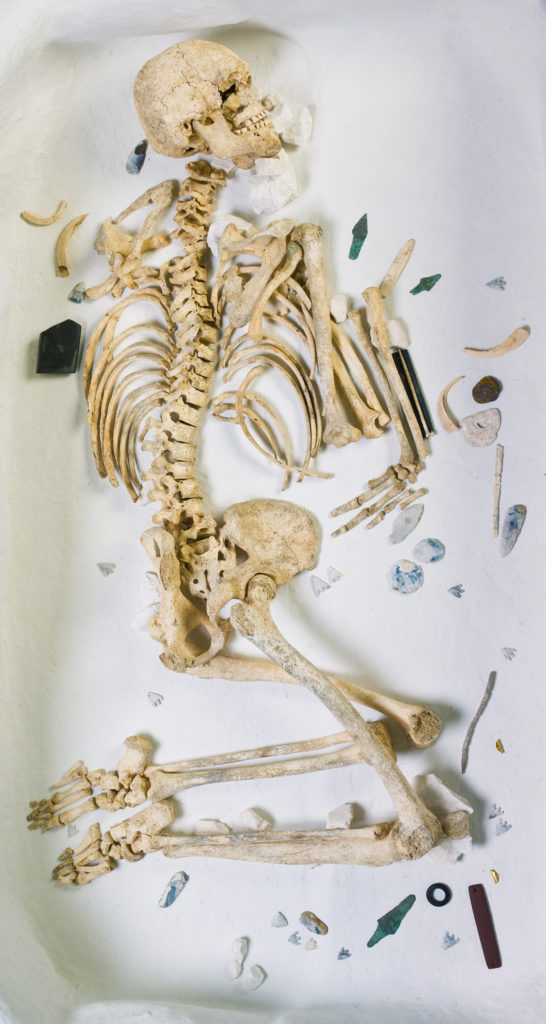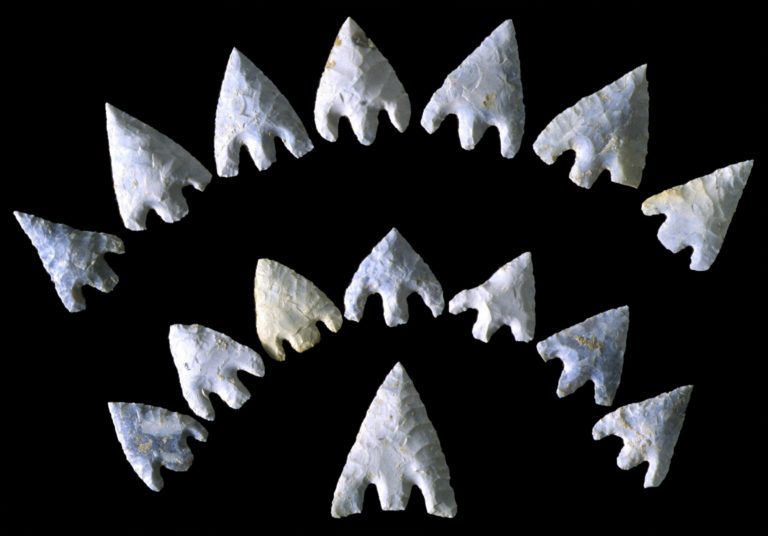Amesbury Archer
Mysterious 'archer' who wasn't a hunter!
From: The Salisbury Museum
The grave of the Amesbury Archer is one of the most important discoveries in Europe. Found near Stonehenge, the burial is over 4,000 years old. But despite the name, the ‘archer’ was probably one of the earliest metalworkers in England.




